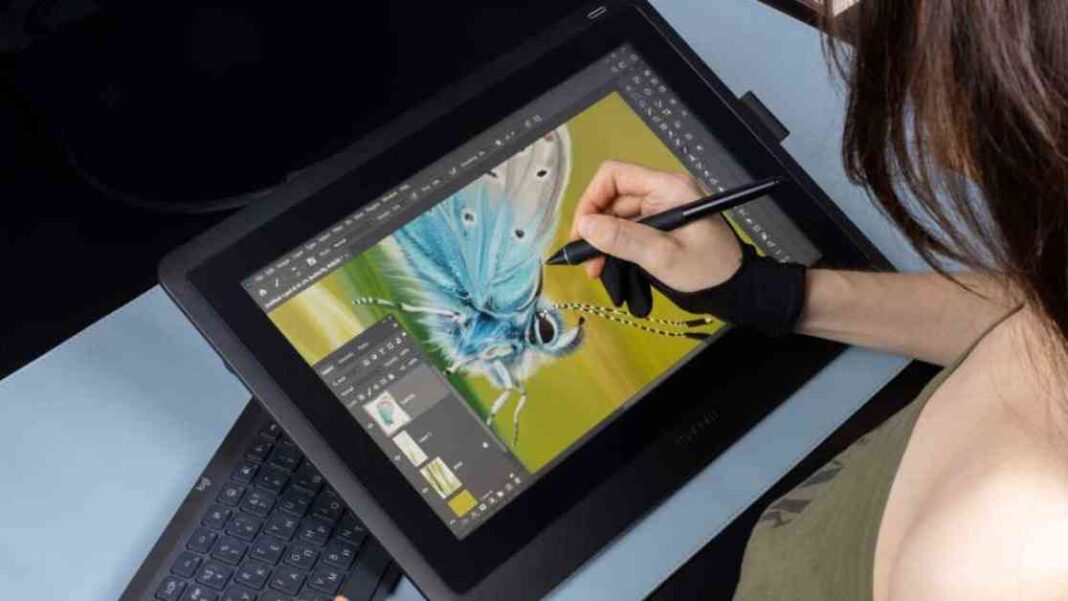Creating vector graphics from images is a valuable skill, especially when it comes to creating logos, illustrations, or print templates. Unlike traditional image formats like JPG and PNG, vector graphics can be resized without losing quality, making them ideal for various purposes. If you’re new to the world of vector graphics, this step-by-step guide will help you understand the process and create your own vector graphics.
What is a vector graphic?
Vector graphics are based on mathematical formulas that define lines, curves, and shapes, rather than pixels. This allows them to be scaled to any size without losing sharpness or detail, unlike raster graphics. Additionally, vector graphics are smaller in file size compared to raster graphics, making them efficient for various applications.
Creating vector graphics with free software
If you’re looking to create vector graphics, you can use free tools like Inkscape, which offers performance comparable to paid software like Adobe Illustrator. By importing your image into Inkscape, using the Trace Bitmap function, and saving the file as an SVG format, you can easily create scalable vector graphics. This process is simple and intuitive, making it accessible to beginners.
Creating vector graphics on mobile devices
You can also create vector graphics on your mobile phone using apps like Adobe Illustrator Draw, Vector Ink, or Inky. These apps allow you to create and edit vector graphics on the go, providing flexibility and convenience. Additionally, you can use online tools like FreeConvert and Convertio to convert images to SVG format quickly and efficiently without the need for additional software.
Recognizing vectorized files
To determine if a file is vectorized, you can open it in a graphics program like Adobe Illustrator or Inkscape and zoom in. If the image remains sharp without visible pixels, it is likely a vector graphic. Vectorized files often have extensions like .svg, .eps, or .ai, indicating their format.
Vector graphic formats
Vector graphics are typically saved in formats like SVG, EPS, and AI, each suitable for different applications. SVG is commonly used for web applications, EPS is ideal for professional printing, and AI is a proprietary format for Adobe products. Understanding these formats can help you choose the right one for your needs.
Converting JPG and PNG to vector graphics
To convert JPG or PNG images to vector graphics, tools like Inkscape, JPG2SVG, and PNG2SVG can be used. These tools recognize the lines and shapes in the image and convert them into mathematical paths, preserving important details. Whether you’re converting logos or graphics with transparent backgrounds, these tools can help you create high-quality vector graphics.
In conclusion, creating vector graphics from images is a valuable skill that can be learned with the right tools and techniques. By following this step-by-step guide and exploring different software options, you can start creating your own vector graphics for various purposes.











